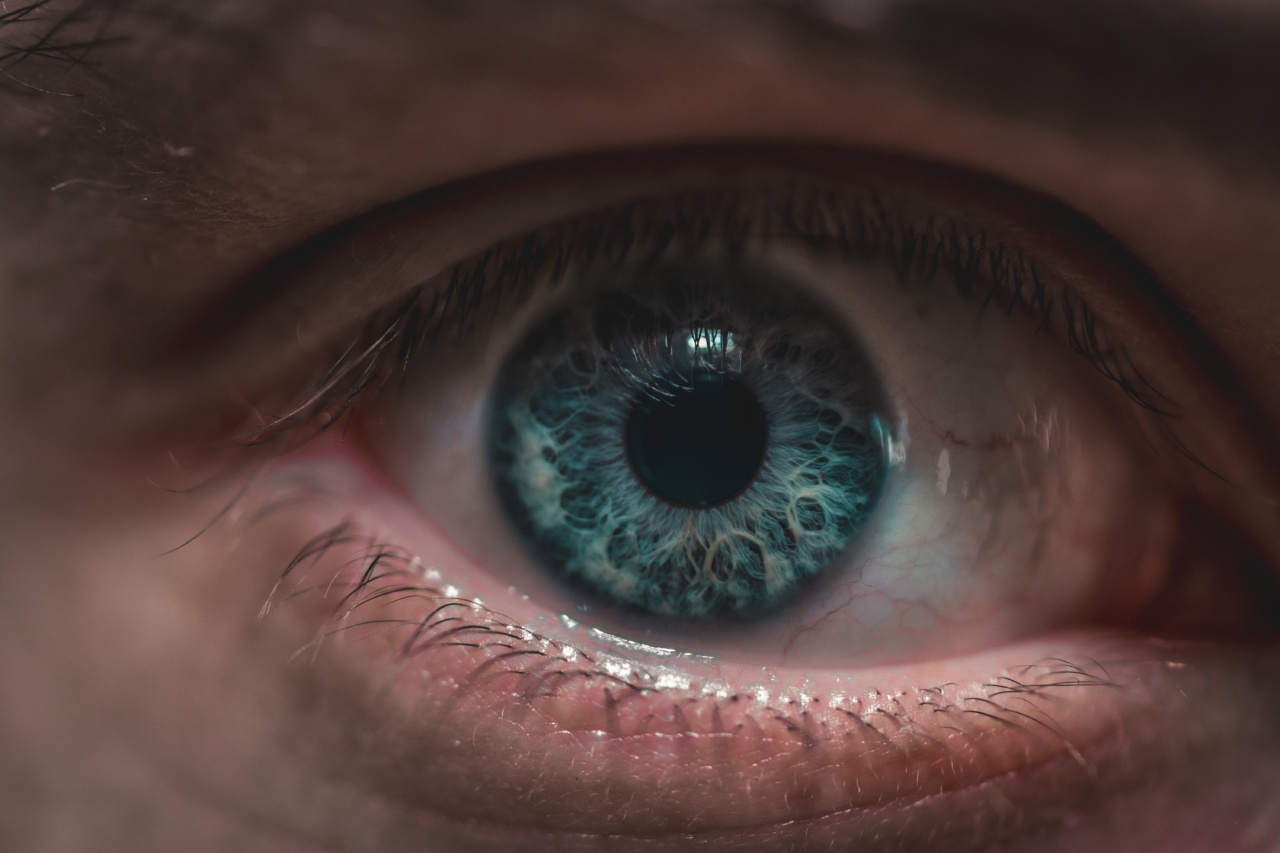There are a number of eye ailments that researchers have discovered could be potential predictors of Alzheimer’s disease. A number of scientists believe that the eyes may serve as a window into the health of the brain.
By understanding these connections, we may be able to detect Alzheimer’s disease before symptoms even arise, giving patients a better chance of seeking appropriate care and treatment before it’s too late.
Cataracts
Cataracts occur when the lenses of the eyes cloud up, leading to blurry vision and difficulty seeing. They can be caused by aging, exposure to UV light, and genetics, among other factors.
A study published in the Journal of Alzheimer’s Disease found that individuals who had a history of cataract surgery were at a lower risk of developing Alzheimer’s disease later in life.
Macular Degeneration
Macular degeneration is a condition in which the center of the retina degenerates, leading to vision loss over time. Age-related macular degeneration is the most common form, and it is typically caused by aging and genetics.
A study published in JAMA Ophthalmology found an association between this condition and cognitive impairment, including Alzheimer’s disease.
Glaucoma
Glaucoma is a condition in which fluid buildup in the eyes damages the optic nerve. It is a leading cause of blindness worldwide, but early detection and treatment can help to slow down or even stop the progression of the disease.
A study published in the Journal of Glaucoma found that individuals with glaucoma had a higher risk of developing Alzheimer’s disease later in life.
Retinal Thinness
The retina is the thin layer of tissue at the back of the eye that converts light into neural signals, which are then sent to the brain to be interpreted into images.
Retinal thinning is a degenerative process that occurs naturally as we age, but it can also be caused by diseases such as diabetes. A study published in The BMJ found an association between retinal thinning and a higher risk of developing cognitive decline, including Alzheimer’s disease.
Diabetic Retinopathy
Diabetic retinopathy is a condition in which high blood sugar levels damage the blood vessels in the retina, leading to vision loss over time.
A study published in the Journal of Alzheimer’s Disease found an association between this condition and cognitive decline, including Alzheimer’s disease.
Optic Nerve Imaging
The optic nerve is responsible for transmitting visual information from the eyes to the brain.
Researchers have found that by studying the optic nerve and how it changes over time, they may be able to detect early signs of cognitive decline, including Alzheimer’s disease. A study published in the journal Alzheimer’s and Dementia found an association between changes in the optic nerve and cognitive decline in older adults.
Pupil Dilation
The pupils of the eyes dilate and contract in response to changes in light and various physiological stimuli. Researchers have found that changes in pupil dilation may be a potential biomarker for Alzheimer’s disease.
A study published in the journal Neurology found that individuals with Alzheimer’s disease had significantly slower pupil dilation responses than those who did not have the disease.
Visual Hallucinations
Visual hallucinations are a common symptom of Alzheimer’s disease and related dementias. They can include seeing patterns or objects that aren’t there or mistaking people or animals for someone or something else.
A study published in the Journal of Alzheimer’s Disease found an association between visual hallucinations and an increased risk of cognitive decline, including Alzheimer’s disease.
Visual Memory Tests
Researchers have found that by studying individuals’ performance on visual memory tests, they may be able to detect early signs of cognitive decline, including Alzheimer’s disease.
A study published in the journal Alzheimer’s and Dementia found that individuals with mild cognitive impairment performed worse on visual memory tests than those without the condition.
Visual Acuity Tests
Visual acuity tests are used to measure individuals’ ability to see at various distances. Researchers have found that changes in visual acuity may be a potential biomarker for Alzheimer’s disease.
A study published in the journal Investigative Ophthalmology and Visual Science found an association between declines in visual acuity and cognitive decline, including Alzheimer’s disease.

























